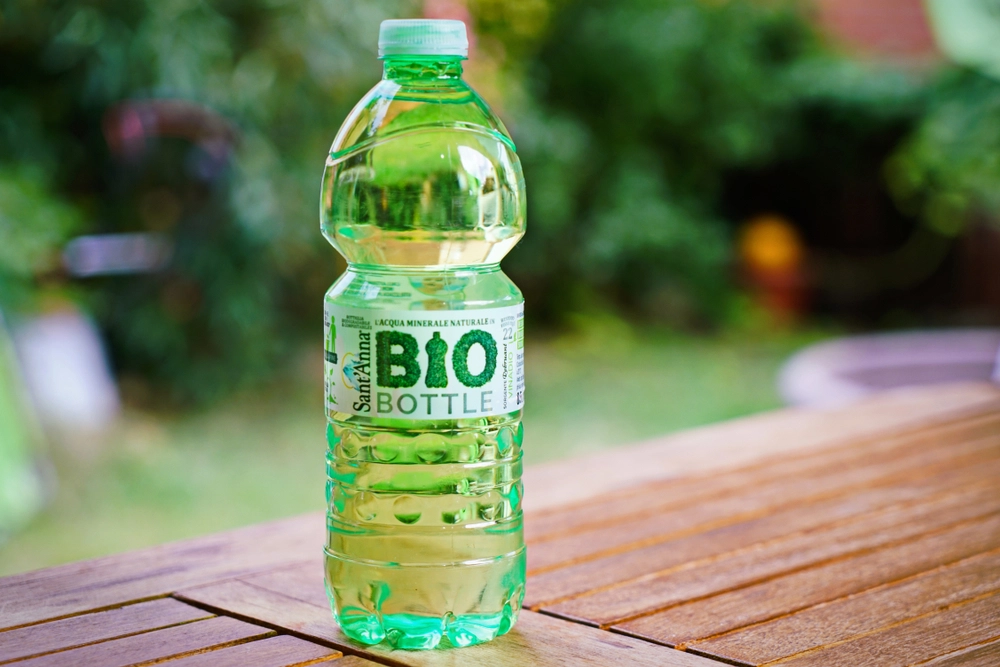6 Types of Plant-Based Packaging for Your Business Needs
In an era where environmental consciousness is a key driver of decision-making, businesses are increasingly pivoting toward sustainable practices. One significant stride in this direction is the widespread adoption of plant-based packaging. Plant-based packaging utilizes organic matter and renewable vegetal sources (relating to plants) to form the packaging around products. The abundant availability of raw materials for manufacturing plant-based packaging places less strain on the earth and its resource supply.
Sustainable packaging innovations such as plant-based materials are driving businesses to scrutinize traditional packaging materials and explore alternatives that not only align with sustainability goals but also cater to consumer preferences. This shift is not just an ethical stance; it’s a strategic move, as consumers increasingly favor brands committed to environmental responsibility. This article cuts through the complexity and delves into the various types of plant-based materials available. Furthermore, equip your business with the strategies needed to integrate these packaging solutions seamlessly.
6 Types of Plant-Based Packaging
Switching to more sustainable methods, such as plant-based packaging, is a critical action that your business can take to respond to your consumers. Here are the types of plant-based packaging to consider.
1. Bioplastics
Bioplastics are a category of polymers derived from renewable biomass sources such as corn starch, sugarcane, or other plant-based materials. These materials offer a more sustainable alternative to traditional petroleum-based plastics, as they can be produced using renewable resources and typically have a lower carbon footprint. They can also be as durable as other types of plastic since they only break down in specific conditions. For instance, some bioplastics are home compostable, and some are industrial-compostable.
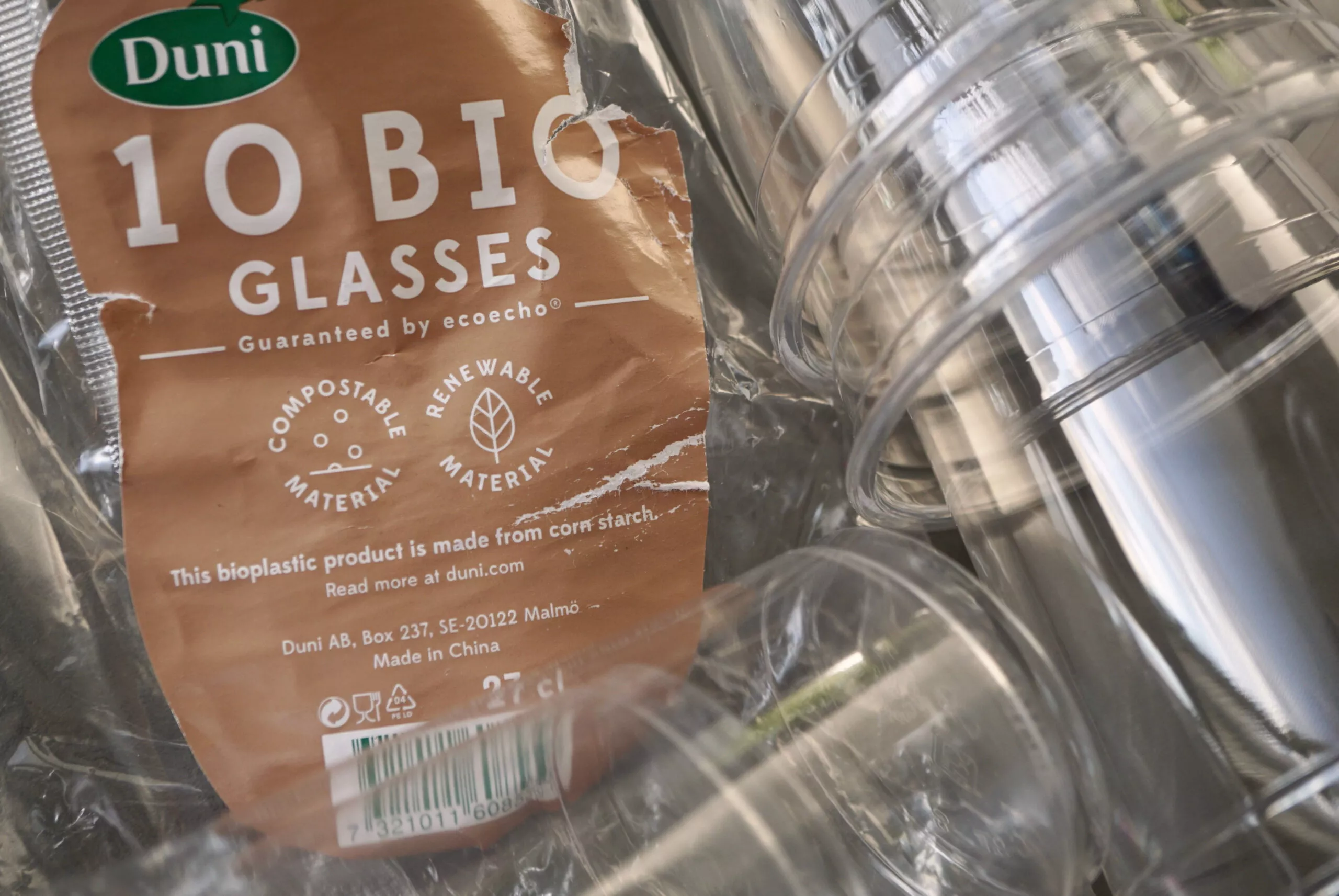
Two of the most common bioplastics are Polylactic Acid (PLA) and Polyhydroxyalkanoate (PHA). PLA is a polymer whose raw materials include corn starch, tapioca roots, or sugarcane. PLA can look and behave like polyethylene, polystyrene, or polypropylene. PHA is a biodegradable and readily compostable thermoplastic produced through the microbial fermentation of carbon-based feedstocks. It can also be made by microorganisms that produce plastic from organic materials. Both PLA and PHA can be used as plastic packaging alternatives. PLA is often used for plastic films, bottles, food containers, deli containers, salad boxes, coffee cups, and compostable cutlery. PHA is used for single-use packaging for foods, beverages, and consumer products; medical equipment such as sutures, scaffolds, and bone plates; and agricultural foils and films.
2. Cellulose
These materials are derived from cellulose, a complex carbohydrate found in the cell walls of plants. Common sources include wood pulp, cotton, and other plant fibers. Cellulose-based materials are utilized in packaging as a sustainable alternative due to their biodegradable and renewable nature.
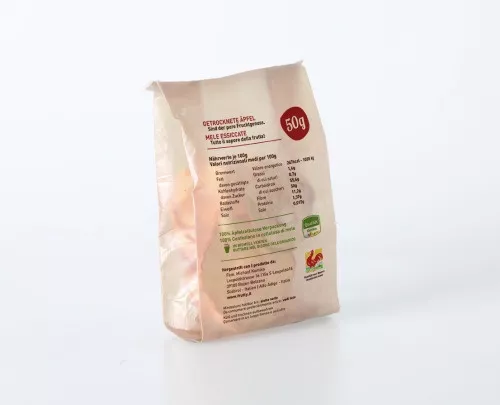
These materials can be employed in various forms, such as cellulose film, paperboard, or even as a coating for other packaging substrates. Their versatility allows for a wide range of applications in packaging, providing a renewable and compostable packaging solution.
3. Mushroom mycelium
Mycelium comes from the root network of a fungus, which is the part of the mushroom that is typically underground. It branches out and interconnects as a fine thread that can grow into any shape. Using mushrooms for packaging begins by mixing fungus sprouts or mycelia with seedlings or other residues from agriculture. This natural composite material has properties similar to synthetic foam plastics such as Styrofoam. The foam is also breathable, resilient, insulating, hydrophobic, and flame-resistant.
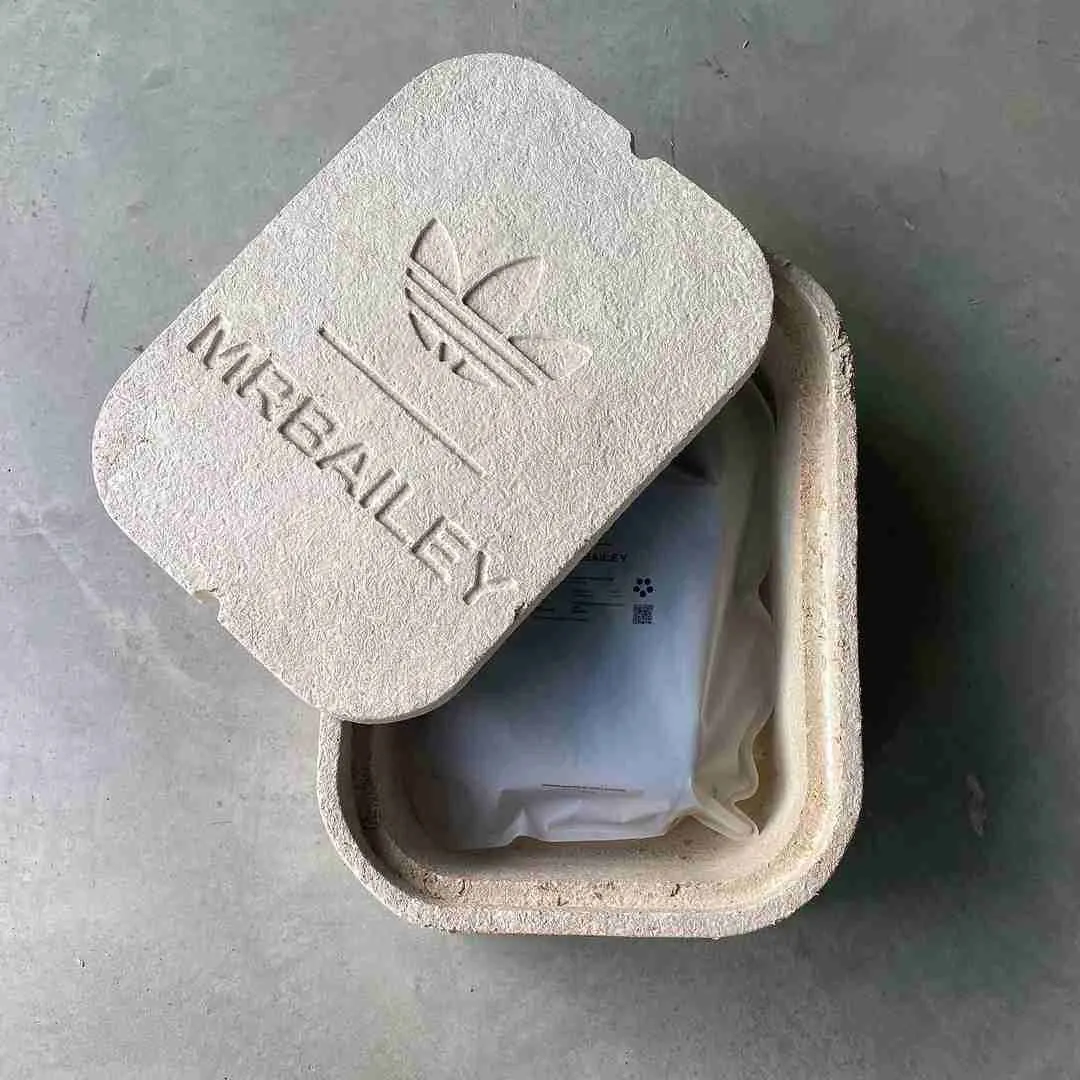
As such, mycelium can replace commonly used materials such as polystyrene while improving the overall product and manufacturing process. It is lightweight, durable, and flexible by design. It can also become a more cost-effective custom packaging solution than other sources.
4. Sugarcane Bagasse
Bagasse is a dry and pulpy residue left over from crushed sugarcane stalks. It is used as a biofuel for the production of energy, heat, and electricity. It produces a pulp that possesses the physical properties suited for printing paper, newspaper, cardboard, plywood, particleboard, furniture, and biodegradable plastics. Products made from bagasse require less energy and cause less pollution than plastic products.
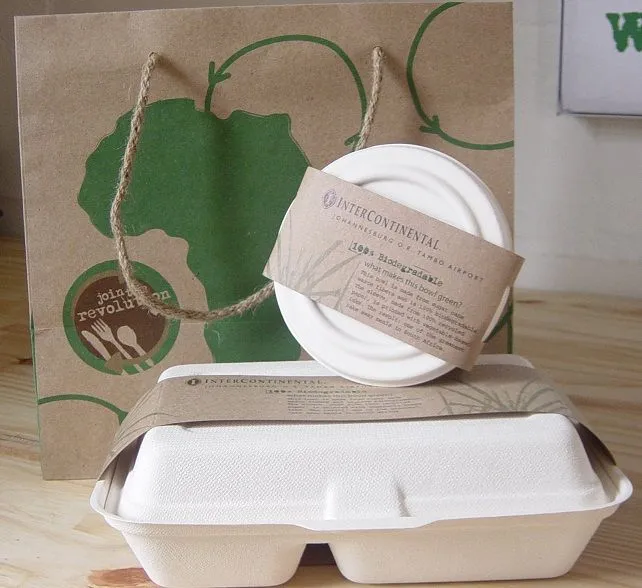
Foodservice packaging, which can replace traditional paper, plastics, and Styrofoam, can be produced from sugarcane bagasse. This can include plates, bowls, takeaway containers, compartment trays, and clamshells.
5. Seaweed
Seaweed grows in still-water environments and is more readily accessible than corn or sugar cane. Since it is biodegradable and offers zero-waste benefits, seaweed can be a good choice for alternative sustainable packaging. Seaweed packaging is made through collected and fermented raw material without chemical processing.

Using seaweed-based packaging can ease the waste management process as it is biodegradable and can be naturally decomposed. This reduction in plastic production directly contributes to the reduction of gas emissions and soil, water, and air contamination. Moreover, it can take a hectare of the ocean to create 40 tons of dry seaweed. During processing, that volume can absorb 20.7 tons of CO2 emissions.
6. Coconut Husk
Coconut husk, otherwise known as coir, is a natural fiber found between the shell and outer layer of the coconut. When pressed, this fibrous material can be formed into packaging, which can often look like cardboard.
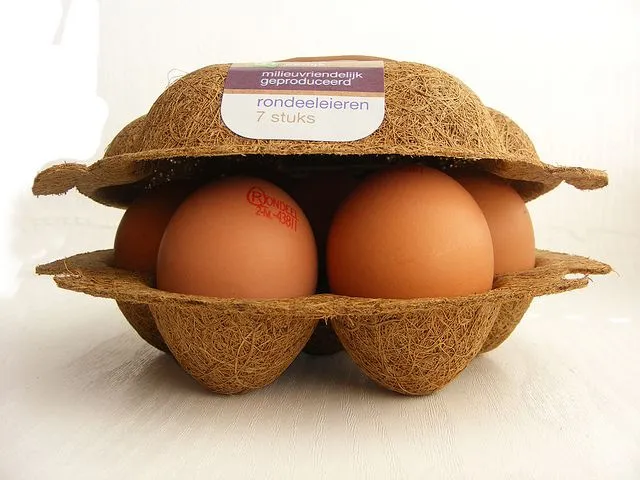
Coconut husk is often used to make doormats, brushes, twine, and particleboard and is a component in mattresses, floor tiles, trunk liners, and electric car battery pack covers. Coir is strong, stiffer than synthetic plastic fibers, and light; it also offers better performance, leading to cost savings for companies. Rich in lignin, which is mixed with finely ground wood and other natural fibers to produce plastic granulates, coconut husks can serve as packaging alternatives to plastics.
5 Plant-Based Packaging Strategies
Apart from reducing ecological footprint, businesses must also align their brand with eco-conscious consumers, fostering a positive perception. Here are some plant-based packaging strategies that will help you achieve that.
1. Life Cycle Assessment (LCA)
LCA is a critical step in understanding the environmental impact of your packaging choices. By assessing the entire lifecycle, you gain insights into resource consumption, emissions, and waste generation. When evaluating plant-based options, consider factors like land use, water consumption, and energy requirements during cultivation and processing. Compare these with conventional materials to make informed decisions. For example, choosing bamboo-based packaging over hardwood reduces the impact of deforestation.
2. Material sourcing and certification
Responsible sourcing ensures that your plant-based materials come from sustainable and ethical origins. Certifications provide credibility and transparency. Look for certifications like FSC (Forest Stewardship Council) for paper or BPI (Biodegradable Products Institute) for compostable plastics. These certifications validate eco-friendly practices. Additionally, collaborate with a reliable, sustainable packaging manufacturer that prioritizes renewable resources and minimizes ecological harm.
3. Design for disassembly
Traditional packaging often ends up in landfills due to complex designs that hinder recycling or composting. Designing for disassembly promotes circularity. Create packaging that can be easily separated into its components. For instance, a cardboard box with minimal glue or a compostable coffee cup with a detachable lid. Clear instructions guide consumers on proper disposal, reducing contamination.
4. Functional performance testing
Packaging must protect products, maintain freshness, and withstand transportation. Plant-based materials should meet these functional requirements. Rigorously test strength, barrier properties, and shelf life. For instance, assess how well a cornstarch-based film preserves food freshness compared to petroleum-based plastic. Ensure that your chosen material doesn’t compromise product safety or quality.
5. Consumer education and communication
Educating consumers fosters awareness and encourages responsible disposal. Transparent communication builds trust. Clearly label your packaging with eco-friendly messaging. Explain the benefits of using plant-based materials: reduced carbon footprint, renewable resources, and biodegradability. Engage consumers through social media, packaging inserts, or QR codes linking to sustainability information.
Plant the Seeds for a Sustainable Future
Shifting towards innovative and alternative packaging, such as plant-based packaging, ensures that your environmentally-conscious efforts make a difference, as consumers are becoming more aware and receptive to sustainable practices. The visual appearance of a package can influence consumer behavior, and plant-based packaging is an attractive and telling way to express the desire for change.
Many businesses are now attempting to decrease their carbon and environmental footprint. Brands can help make this a reality by taking responsibility for a product’s impact, from sourcing materials to disposal. Creating sustainable packaging solutions is ideal for brands to hasten their efforts to adopt more eco-friendly values. To learn more about how your business can make a substantial change, collaborate with experts from Meyers to bring your sustainable packaging vision to life through professional printing solutions.

